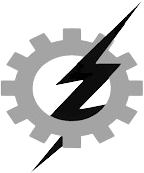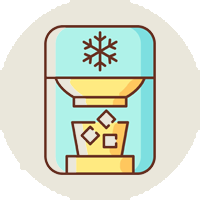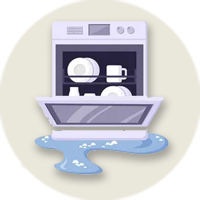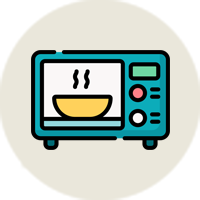TECH MASTER APPLIANCE REPAIR SERVICES CAPE CORAL, FORT MYERS.
100% Family Owned and Operated
Tech Master INC
Appliance Repair ServiceS Professional. Prompt. Affordable.
Refrigerator
Is your refrigerator not cooling properly? Leaking water? Making strange noises? Our skilled technicians are equipped to diagnose and repair a wide range of refrigerator issues, including compressor problems, faulty thermostats, and damaged door seals.
Washers
A malfunctioning stove top can disrupt your meal preparation routine. Whether you have an electric, gas, or induction stove top, our technicians have the expertise to diagnose and repair any issues you may be experiencing.
Ovens
Is your oven not heating up properly? Are your baked goods coming out unevenly cooked? Don’t let oven issues ruin your culinary creations. Our technicians are skilled in diagnosing and repairing a variety of oven problems, including faulty heating elements, malfunctioning thermostats, and broken door hinges.
Icemakers
Range Repair
Whether you have a freestanding, slide-in, or drop-in range, our technicians have the knowledge and experience to handle any repair needs. From temperature inconsistencies to burner malfunctions, we’ll troubleshoot the issue and provide prompt and reliable repairs to get your range back in working order.
Dryers
Whether it’s a smooth ceramic cooktop or a traditional coil design, we understand the importance of a functional cooktop in your kitchen. Our technicians have the knowledge and experience to diagnose and repair various cooktop issues, including heating element problems, control panel malfunctions, and surface damage.
Dishwasher
Microwave

About Tech Master Inc
About Us
Tech Master Inc. is an appliance repair business founded in 2002 in Cape Coral, Florida. Established by Mike Razavi, Tech Master Inc., has always offered expert appliance repair services at an affordable rate. We are proudly 100% family owned and operated. Our technicians have over 40 years of in-field experience and extensive factory training. Tech Master Inc. takes pride in our ability to offer quick, at times, same-day service. We are prompt, affordable and offer quality service.
Why Choose Us
Experienced Technicians:
Our team consists of highly trained technicians with extensive experience in appliance repair.
Prompt Service:
We understand the inconvenience of a malfunctioning appliance, which is why we strive to provide prompt and efficient service to get your appliances back up and running quickly.
Quality Workmanship:
We take pride in delivering quality workmanship and ensuring that every repair is done to the highest standards.
Customer Satisfaction:
Your satisfaction is our priority. We go above and beyond to ensure that our customers are happy with the service they receive.
Affordable Pricing:
We offer competitive pricing without compromising on the quality of our service, making appliance repair accessible to all.
Our Working Process
You will never have to worry about waiting around for our trained technicians.

Step #1 - Contact us
When sending your request for an appointment, please briefly explain the issue with your appliance. You should list the type of appliance, the brand, and if possible, the model number. We will contact you at our soonest convenience.

Step # 2 - We Come to You
One of our appliance repair technicians will make an appointment to come to your home. Our technician will perform a diagnosis of your appliance. Once the issue has been pinpointed, they will provide an estimate to see if you would like to move forward with the repair.

Step #3 – That’s All Folks!
Once the repair is completed, you will receive an invoice.
We make appointment to come to you as soon as possible, some times even same day or next day.
BRANDS WE SERVICE
When you trust Tech Master INC Appliances Repair with your repair needs, you can rest assured you’ll receive the best service and quality parts. We service all major brands and models with our team of certified and experienced technicians.







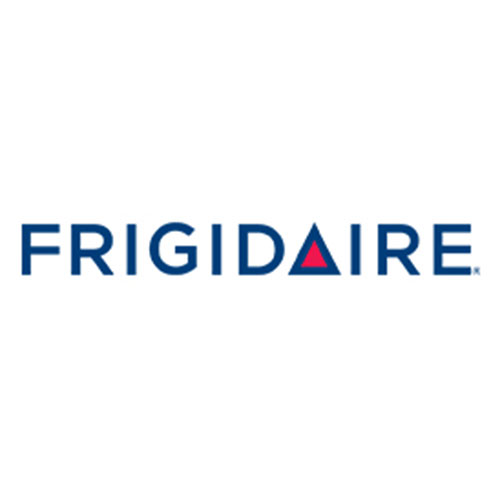
Contact Us
Let’s Talk About Your Problem
Email Address
Call Office:
(239) 549-5031
Call or Text Cell
(239) 218-8887
Address
Cape Coral and Fort Myers
